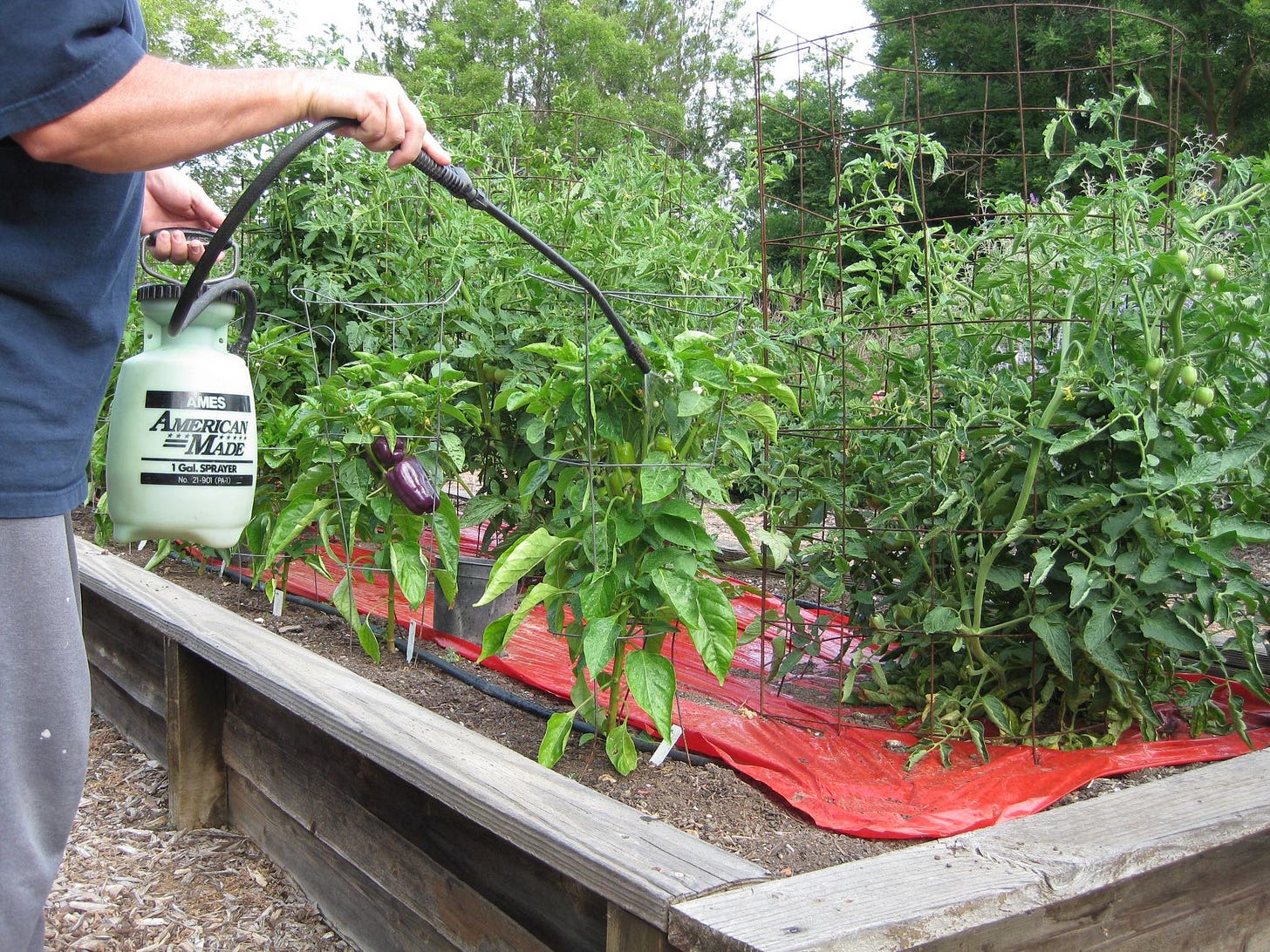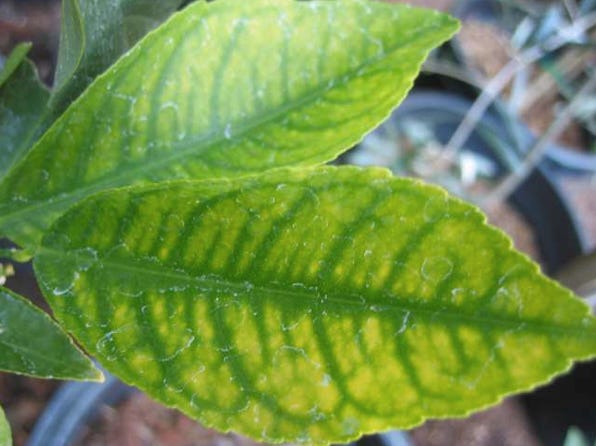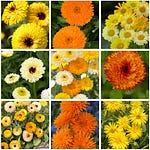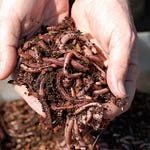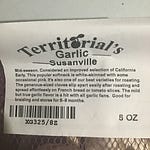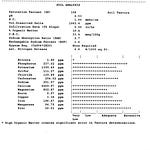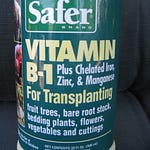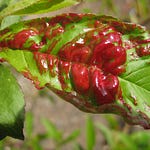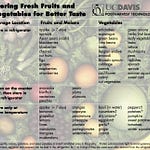Does Foliar Feeding Plants Really Work?
Are there benefits to spraying a water soluble fertilizer to the leaves of plants? Can leaves absorb nutrients?
If a gardener were to believe what they read on Wikipedia, the answer would be yes. However, one only need to read the warnings associated with that article, which state repeatedly, “Citation Needed” and “This section needs additional citations for verification”.
The study touting the use of foliar feeding that is cited in that Wikipedia post goes to a broken link. Not a good sign.
The University of Missouri offers these warnings about foliar feeding:
The mode-of-entry of essential elements into the leaves when applied as a foliar fertilizer still is under debate. Conventional theory is that foliar feeding is effective because plants can take in essential minerals in liquid form through pores in their leaf cuticle called stomata. The latter serve as points-of-entry for air laden with carbon dioxide used by the plant during photosynthesis.
Research has revealed, however, nutrients are more likely to be taken in through the leaf cuticle. The latter contains a pathway of extremely minute pores (< 1 nm in diameter) with a density of about ten billion pores per cm3 of leaf surface area. These micro-pores are lined with negative charges which tend to attract (when in ionic form) positively charged elements such as calcium (Ca++), magnesium (Mg++), potassium (K+), ammonium-form nitrogen (NH+), etc. Movement through the cuticle is dependent upon a number of factors including, nutrient concentration, molecule size, organic vs. inorganic, etc.
Conversely, negatively charged essential elements in ionic form such as phosphorous (HPO4-2), sulfur (SO4-2) and nitrate-form nitrogen (NO3-1) find leaf entry through the cuticle more challenging. Whereas opposite charges attract, like charges repel one another.
As alluded to above, another consideration when foliar feeding is the fate of the nutrients after they enter the leaf. Smaller molecules or those with a lesser positive charge are more readily transported in the vascular system where they are translocated to other parts of the plant. Examples of the latter include ammonium (NH+), potassium (K+) and urea (NH2CONH2).
On the other hand, larger molecules and ions with greater positive charges tend to stay fairly close to their point-of-entry as they adhere to the negatively-charged cell walls. Examples of fairly tightly held (immobile) nutrients include calcium (Ca++), iron (Fe++), manganese (Mn++), zinc (Zn++), and copper (Cu++).
Therefore, when applied as foliar fertilizers, elements with strong positive charges such as calcium do not move much upon entering the leaf. Accordingly, elements such as phosphorous which are negatively charged are slow to enter the leaf. Both are relatively immobile after gaining entry.
Kinda blows a hole into that long-held habit of spraying calcium on the leaves of a tomato plant to cure blossom end rot. And there’s plenty more holes in that habit, as well.
However - and Debbie Flower points this out in the podcast - foliar feeding may work to solve a very particular cosmetic issue if there is a certain micronutrient deficiency. For example, a shortage of iron availability, causing a yellowing pattern in citrus leaves.
And then, as Debbie says, foliar feeding of iron only works on that particular leaf; it doesn’t solve the problem for the entire plant. To cure a plant of a nutrient shortage, FEED THE SOIL.
Thank you for listening to the Garden Basics with Farmer Fred podcast! It’s available wherever you get your podcasts. Please share it with your garden friends.
As an Amazon Associate, I earn from qualifying purchases from some of the underlined links in the newsletter. This is how I am trying to keep this a free newsletter. And as long as you buy whatever you want from Amazon using any of those links to get into the Amazon site, I get a few pennies. Thank you.
Thanks for Subscribing and Spreading the Word About the Beyond the Basics: The Garden Basics with Farmer Fred newsletter, I appreciate your support.
Fred Hoffman is also a University of California Cooperative Extension Master Gardener in Sacramento County.



